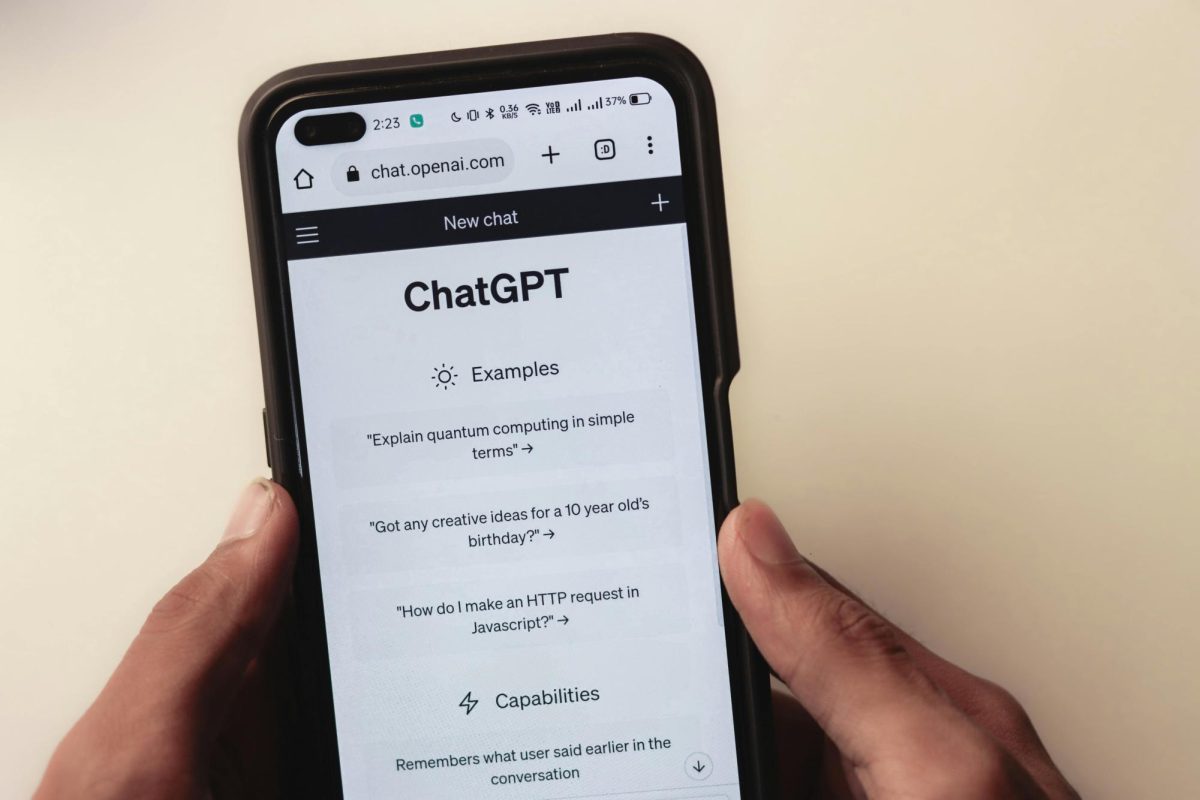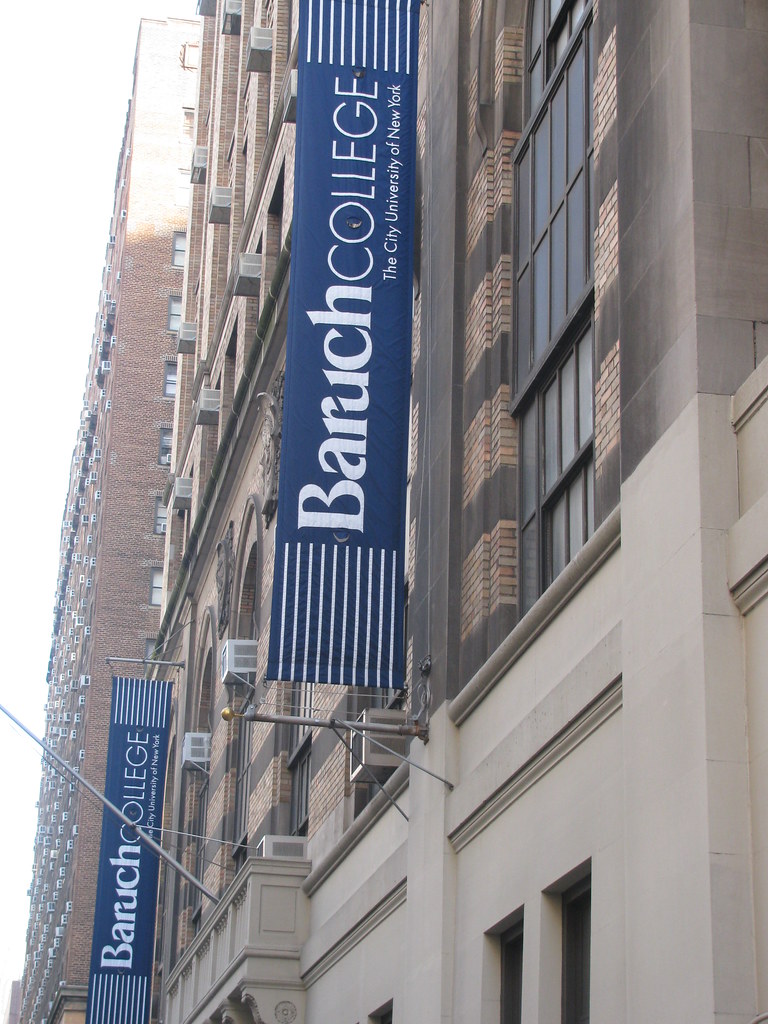Headline:
For the 2025-2026 school year, the Free Application for Federal Student Aid is scheduled to launch on Dec. 1. The Department of Education announced that, starting on Oct. 1, the department will release the form for testing with a limited group of students and institutions. Although the soft launch is intended to identify and address early issues, it remains unclear whether the new application will operate as promised.
Last year, FAFSA launched with numerous bugs and glitches, delaying the form’s availability until mid-January. As last year’s rollout was rushed, concerns remain over whether these issues will be fully resolved before the official launch on Dec. 1.
As the academic community awaits the new form, there is still anticipation for several crushes as the application is still not fully resolved after last year’s what many call a “disastrous” launch.
One of the major problems with the previous form, beyond sign-in troubles and users being kicked off the site, was that students with undocumented parents were unable to submit their applications without a parent’s social security number. This caused stress for many students and prolonged the process due to additional verification requirements.
Although the possible issues with the new application will become clearer once its available, Dec. 1 is a reasonable date for the launch. The delay of two months is expected to benefit many high school students.
For many colleges, the deadline to submit the Common Application is around the end of November. Frank Biscardi, a college advisor of the High School of Economics and Finance, says that “it may make it a little easier for first-year applicants as they can focus on [college] applications until December’s financial aid opens up.”
“Following a challenging 2024-25 FAFSA cycle, the Department listened carefully to the input of students, families, and higher education institution,” Miguel Cardona, U.S. Secretary of Education, said. He added that the department has “made substantial changes to leadership and operations at Federal Student Aid, and is taking a new approach this year that will significantly improve the FAFSA experience.”
One positive impact that is set to remain for this year’s application is the move from Expected Family Contribution to a Student Aid Index, which is set to help low-income families.
Last year, low-income families received more aid through SAI as the adjusted gross income threshold for single-parent students to qualify for the maximum Pell Grant increased to 225% of the federal poverty level based on household size.
On the flip side, families with multiple children in college saw a higher SAI, resulting in less financial aid. While the Department of Education aims to reduce the submission gap, it has not addressed the controversy surrounding the SAI calculation and the prior sibling discount.
It is important to note that last year, mid-March, the Department of Education found a calculating error while processing incoming applications. PBS reported that 200,000 students had to wait an additional month to receive a new Student Aid Index score that then impacted the timeline of their college decision.
Uncertainty surrounds this year’s FAFSA. Institutions, students and stakeholders remain hesitant, unsure if they can trust the promise of a smoother experience. As we move closer to Oct. 1 and the soft launch, it remains to be seen what issues students will have to face this year.
Categories:
FAFSA delays lead to financial issues for students and families
September 16, 2024
0
More to Discover








